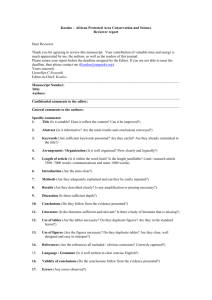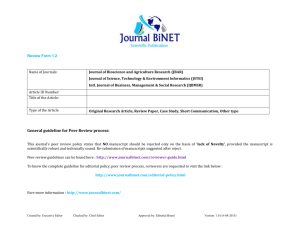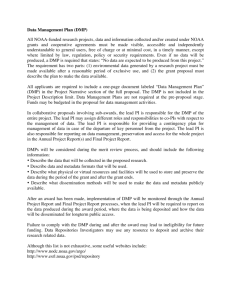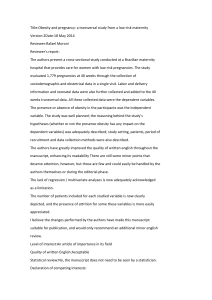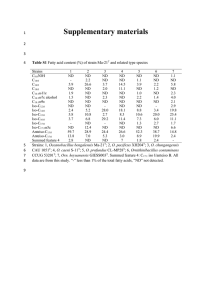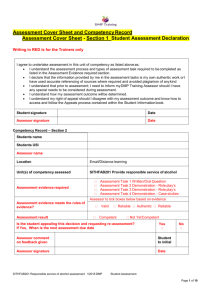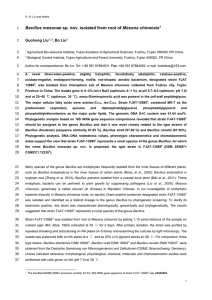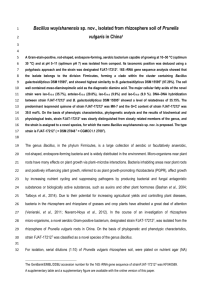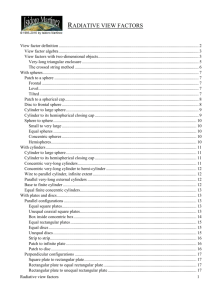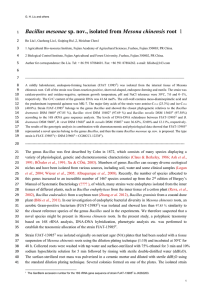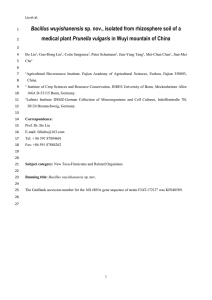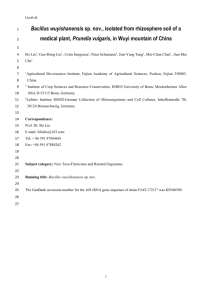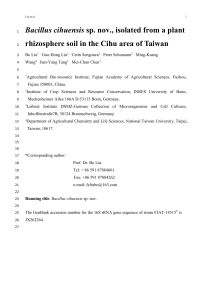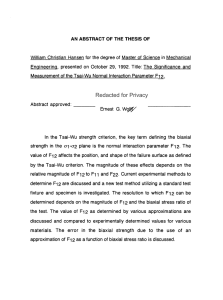file
advertisement
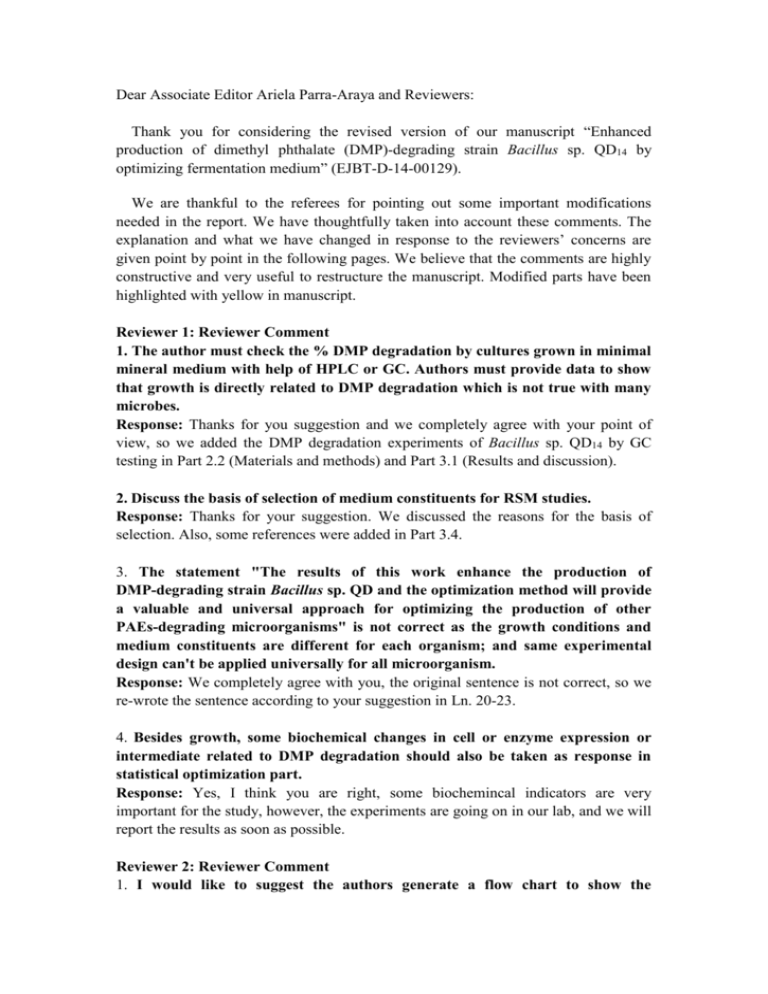
Dear Associate Editor Ariela Parra-Araya and Reviewers: Thank you for considering the revised version of our manuscript “Enhanced production of dimethyl phthalate (DMP)-degrading strain Bacillus sp. QD14 by optimizing fermentation medium” (EJBT-D-14-00129). We are thankful to the referees for pointing out some important modifications needed in the report. We have thoughtfully taken into account these comments. The explanation and what we have changed in response to the reviewers’ concerns are given point by point in the following pages. We believe that the comments are highly constructive and very useful to restructure the manuscript. Modified parts have been highlighted with yellow in manuscript. Reviewer 1: Reviewer Comment 1. The author must check the % DMP degradation by cultures grown in minimal mineral medium with help of HPLC or GC. Authors must provide data to show that growth is directly related to DMP degradation which is not true with many microbes. Response: Thanks for you suggestion and we completely agree with your point of view, so we added the DMP degradation experiments of Bacillus sp. QD14 by GC testing in Part 2.2 (Materials and methods) and Part 3.1 (Results and discussion). 2. Discuss the basis of selection of medium constituents for RSM studies. Response: Thanks for your suggestion. We discussed the reasons for the basis of selection. Also, some references were added in Part 3.4. 3. The statement "The results of this work enhance the production of DMP-degrading strain Bacillus sp. QD and the optimization method will provide a valuable and universal approach for optimizing the production of other PAEs-degrading microorganisms" is not correct as the growth conditions and medium constituents are different for each organism; and same experimental design can't be applied universally for all microorganism. Response: We completely agree with you, the original sentence is not correct, so we re-wrote the sentence according to your suggestion in Ln. 20-23. 4. Besides growth, some biochemical changes in cell or enzyme expression or intermediate related to DMP degradation should also be taken as response in statistical optimization part. Response: Yes, I think you are right, some biochemincal indicators are very important for the study, however, the experiments are going on in our lab, and we will report the results as soon as possible. Reviewer 2: Reviewer Comment 1. I would like to suggest the authors generate a flow chart to show the experimental (statistical) procedures in order for the readers to follow clearly. Response: Thanks for your suggestion. We briefly stated the experimental procedure containing Plackett-Burman Design (PBD), Steepest Ascent Method (SAM) and Response Surface Methodology (RSM) in Part “Abstract” and Part 1 of the third paragraph. Due to the limitation for the paper publication, we were very sorry for not generating a flow chart about the experimental procedures. 2. Page 6, Dilutions with less than 10 or more than 150 colonies were discarded in each agar plates [22], why were they discarded? Response: In our experiments, “Drop count method” was used for determining the microbial biomass quantitatively. It was required to remove the colonies when they are less than10 or more than 150 so that the value will be more accurate. Please see the details in reference [1- 3] listed below. [1] Collins CH, Lyne PM. Microbiological Methods. 5th ed. London: Butterworth Inc; 1984, p. 148. [2] Zhang Y, Wang Y, Wang ZG, Wang X, Guo HS, Meng DF, Wong PK. Optimization of fermentation medium for the production of atrazine degrading strain Acinetobacter sp. DNS32 by statistical analysis system. Journal of Biomedicine and Biotechnology 2012; 10:1-7. [3] Kedia G, Vazquez JA, Pandiella SS. Fermentability of whole oat flour, PeriTec flour and bran by Lactobacillus plantarum. Journal of Food Engineering 2008; 89:246-249. 3. Page 6, Statistical analysis of the responses was performed and shown in Table 4 (part of the data was not shown), why are some of the data not shown? Response: The purpose of the statistical analysis by Plackett-Burman Design is to screen and evaluate the significant factor(s) that affects the response. In this study, the statistical analysis indicated that the significant factors were glucose, corn meal and NaCl, which affected the biomass of DMP-degrading strain Bacillus sp. QD14, thus the data listed in the Table 4 only contained three significant ones, whereas the other 6 did not result in significant variations in the biomass production. We apologized for that. If the editor and reviewer need them, we will provide them with great pleasure.
